Growing Mustard Greens: A Beginner’s Guide to a Spicy Harvest
Growing mustard greens has always fascinated me. There’s something incredibly satisfying about nurturing a tiny seed into a vibrant, peppery plant bursting with flavor. This isn’t just about harvesting delicious greens, though; it’s about connecting with nature and experiencing the simple joy of homegrown food. And the best part? It’s surprisingly easy, even for complete beginners! This article is your guide to unlocking the secrets of growing mustard greens, packed with simple DIY tricks and hacks to ensure a bountiful harvest right in your own backyard or even on a sunny windowsill.
Historically, mustard greens have played a significant role in various cuisines around the world, prized for their nutritional value and distinctive taste. From ancient civilizations to modern-day kitchens, these humble greens have consistently held a place of honor. But you don’t need to be a culinary historian to appreciate the benefits of growing mustard greens yourself.
Why Grow Your Own Mustard Greens?
In today’s world, where access to fresh, high-quality produce can be a challenge, growing your own food offers a sense of control and security. Knowing exactly where your food comes from, how it’s grown, and what’s in it is invaluable. Plus, homegrown mustard greens are incredibly flavorful – far surpassing the often bland supermarket varieties. You’ll be amazed by the difference!
This article will equip you with practical, easy-to-follow techniques for successfully growing mustard greens, from seed selection and soil preparation to harvesting and storage. Get ready to transform your garden (or kitchen window!) into a thriving patch of peppery goodness. Let’s get started on your journey of growing mustard greens!
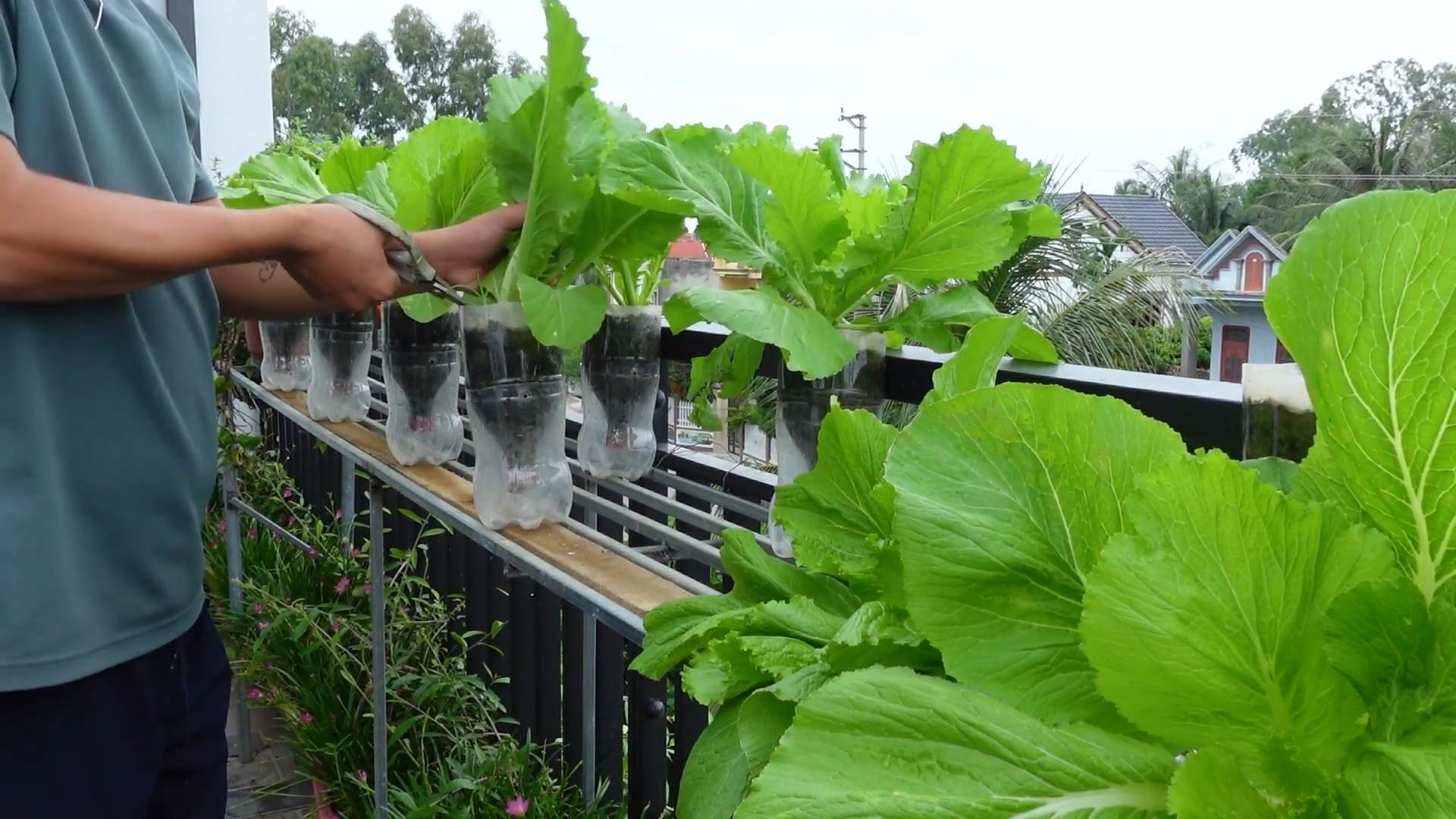
Growing Your Own Mustard Greens: A Step-by-Step Guide
I love the peppery bite of mustard greens, and nothing beats the freshness of homegrown produce. This guide will walk you through everything you need to know to successfully grow your own delicious mustard greens, from seed to harvest.
Phase 1: Planning and Preparation
- Choose your variety: There are many types of mustard greens, each with slightly different flavors and growing characteristics. Research a few to find one that suits your taste and climate. Some popular options include Red Giant, Green Wave, and Southern Giant Curled.
- Select your growing location: Mustard greens need at least six hours of sunlight per day. Choose a sunny spot in your garden or a sunny windowsill if growing indoors. Ensure the area has well-drained soil.
- Prepare your soil: Mustard greens prefer loose, fertile soil. Amend heavy clay soil with compost or other organic matter to improve drainage and aeration. For containers, use a high-quality potting mix.
- Gather your supplies: You’ll need seeds, seed starting trays (if starting indoors), potting mix (if starting indoors), gardening gloves, a watering can, and possibly a small trowel or hand rake.
Phase 2: Starting Your Mustard Greens
- Starting seeds indoors (optional but recommended for earlier harvests): Fill your seed starting trays with moist potting mix. Sow the seeds about ¼ inch deep and ½ inch apart. Gently cover with soil and water lightly. Keep the trays in a warm, sunny location. Maintain consistent moisture but avoid overwatering, which can lead to damping off (a fungal disease).
- Direct sowing: If you’re starting directly in the garden, wait until the soil has warmed up and the danger of frost has passed. Prepare the soil by loosening it and removing any weeds. Sow the seeds about ¼ inch deep and 1 inch apart. Thin seedlings to 4-6 inches apart once they have a few true leaves to prevent overcrowding.
- Germination: Mustard greens germinate quickly, usually within 3-7 days. Keep the soil consistently moist but not soggy during germination. Once seedlings emerge, reduce watering slightly to prevent leggy growth.
Phase 3: Caring for Your Mustard Greens
- Watering: Water regularly, especially during dry periods. Aim to keep the soil consistently moist but not waterlogged. Overwatering can lead to root rot. Underwatering will result in stunted growth and wilting.
- Fertilizing: Mustard greens are relatively low-maintenance and don’t require heavy fertilization. A light application of balanced fertilizer can boost growth, especially if your soil is poor. Follow the instructions on the fertilizer package carefully.
- Weeding: Regularly remove weeds to prevent competition for nutrients and water. Mulching can help suppress weed growth.
- Pest and disease control: Mustard greens are generally pest-resistant, but they can be susceptible to flea beetles and aphids. Inspect your plants regularly for pests and take appropriate action if necessary. Organic pest control methods, such as insecticidal soap or neem oil, are effective and safe for your plants and the environment. Good air circulation can also help prevent fungal diseases.
- Thinning: If you direct-sowed your seeds, thin the seedlings to the recommended spacing (4-6 inches apart) once they have a few true leaves. This gives each plant enough space to grow properly. You can use the thinned seedlings in salads or smoothies.
Phase 4: Harvesting Your Mustard Greens
- Harvesting time: Mustard greens are ready for harvest when the leaves are fully developed and tender, typically 4-6 weeks after sowing. The leaves should be about 4-6 inches tall.
- Harvesting methods: You can harvest the entire plant by pulling it up from the roots, or you can harvest individual leaves by cutting them off at the base with scissors or a knife. Harvesting individual leaves encourages bushier growth and a longer harvest period.
- Storage: Store harvested mustard greens in a plastic bag in the refrigerator. They will keep for several days. You can also blanch and freeze them for longer storage.
Troubleshooting Common Problems
Problem: Yellowing leaves
Possible causes: Overwatering, underwatering, nutrient deficiencies, or disease.
Solutions: Adjust watering, fertilize if needed, and check for pests or diseases.
Problem: Leggy growth
Possible causes: Insufficient light or overcrowding.
Solutions: Provide more sunlight or thin the plants.
Problem: Pests (flea beetles, aphids)
Solutions: Use insecticidal soap, neem oil, or other organic pest control methods.
Problem: Bolting (premature flowering)
Possible causes: Hot weather or long days.
Solutions: Plant in partial shade during hot weather, or choose a variety that is less prone to bolting.
Tips for Success
- Start seeds indoors for an earlier harvest.
- Choose a variety suited to your climate.
- Maintain consistent moisture but avoid overwatering.
- Thin seedlings to allow for proper growth.
- Harvest regularly to encourage continuous growth.
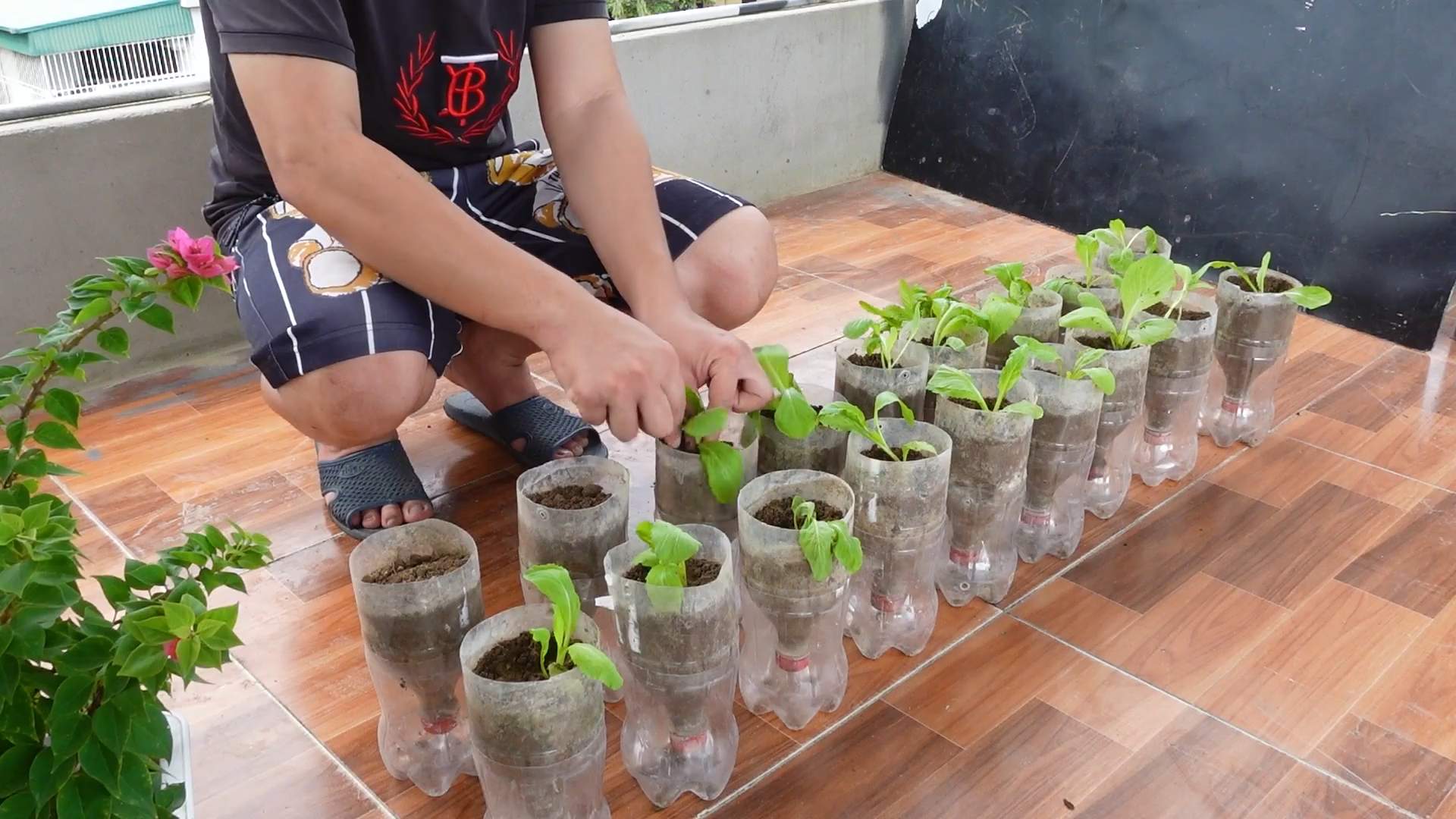
Conclusion
So there you have it – a simple, effective, and rewarding method for growing your own mustard greens! This DIY approach offers a level of freshness and flavor that simply can’t be matched by store-bought greens. You’ll be amazed at how quickly these vibrant plants sprout and mature, providing you with a continuous harvest of peppery goodness. Growing mustard greens from seed is not only incredibly satisfying but also surprisingly easy, making it the perfect project for beginner gardeners and seasoned pros alike. The minimal space required means you can even cultivate these delicious greens on a balcony or windowsill, bringing the bounty of the garden right into your home.
Beyond the basic method outlined, there are countless ways to personalize your mustard green growing experience. Experiment with different varieties – from the spicy red giant to the milder green varieties – to discover your favorite flavor profile. Consider using different growing mediums, such as coco coir or a well-draining soil mix, to see how it affects the plant’s growth. You can also explore companion planting, pairing your mustard greens with other vegetables that benefit from their presence. For instance, planting them alongside tomatoes can help deter pests. Don’t be afraid to get creative and adapt the techniques to suit your specific needs and environment. The possibilities are endless!
We strongly encourage you to try this simple yet effective method of growing mustard greens. The experience of nurturing these plants from seed to harvest is incredibly rewarding, and the taste of freshly picked greens is truly unparalleled. Share your growing journey with us! Post pictures of your thriving mustard greens on social media using the hashtag #DIYMustardGreens and tag us. We’d love to see your success and hear about your experiences, whether you’re a seasoned gardener or just starting out. Let’s build a community of home gardeners who are passionate about growing their own delicious and nutritious food. Remember, the journey of growing your own food is as important as the harvest itself. So grab some seeds, get your hands dirty, and enjoy the fruits (or rather, leaves!) of your labor. You won’t regret it!
Growing your own mustard greens is a fantastic way to connect with nature, enjoy fresh, flavorful produce, and reduce your environmental impact. It’s a project that offers something for everyone, regardless of their gardening experience. So, what are you waiting for? Start growing today!
Frequently Asked Questions
What type of soil is best for growing mustard greens?
Mustard greens thrive in loose, well-draining soil that is rich in organic matter. A slightly acidic pH level (around 6.0-6.8) is ideal. You can amend your soil with compost or other organic materials to improve its drainage and fertility. Avoid heavy clay soils, as they can retain too much water and lead to root rot.
How much sunlight do mustard greens need?
Mustard greens prefer at least six hours of sunlight per day. However, they can tolerate some shade, especially during the hottest part of the day. In warmer climates, providing some afternoon shade might be beneficial to prevent wilting.
How often should I water my mustard greens?
Keep the soil consistently moist but not waterlogged. Water deeply and regularly, especially during dry periods. The frequency of watering will depend on your climate and the type of soil you are using. Check the soil moisture regularly by sticking your finger a couple of inches into the soil. If it feels dry, it’s time to water.
How long does it take for mustard greens to mature?
The time it takes for mustard greens to mature depends on the variety and growing conditions. Generally, you can expect to harvest your first crop within 4-6 weeks of sowing the seeds. Some varieties may mature faster or slower.
Can I grow mustard greens indoors?
Yes! Mustard greens can be successfully grown indoors in containers, provided they receive adequate sunlight. A sunny windowsill or a grow light setup will work well. Make sure to use well-draining potting mix and water regularly.
What are some common pests or diseases that affect mustard greens?
Mustard greens are relatively pest-resistant, but they can be susceptible to aphids, flea beetles, and fungal diseases like downy mildew. Regularly inspect your plants for signs of pests or diseases and take appropriate action if necessary. Consider using organic pest control methods such as insecticidal soap or neem oil.
What should I do with my harvested mustard greens?
Harvest mustard greens by cutting the outer leaves, leaving the inner leaves to continue growing. You can use them in salads, stir-fries, sandwiches, or as a garnish. They can also be added to soups, stews, and other dishes. For longer storage, you can store them in the refrigerator in a plastic bag for up to a week.
Can I save seeds from my mustard greens to plant next year?
Yes, you can save seeds from your mustard greens, but it’s important to choose plants that are true to type and free from diseases. Allow the seed pods to fully mature on the plant before harvesting. Once dry, you can extract the seeds and store them in a cool, dry place for planting the following season.

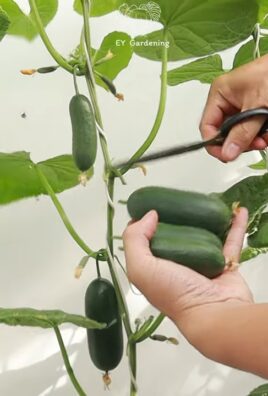
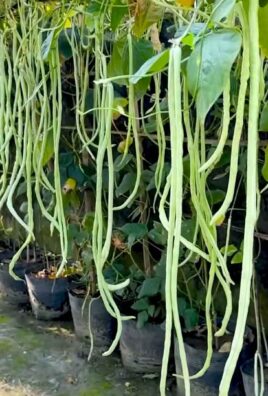
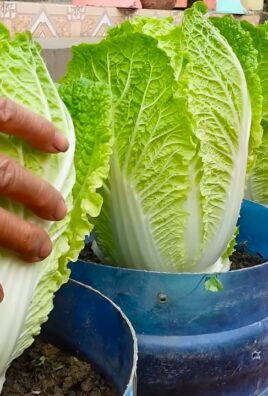
Leave a Comment